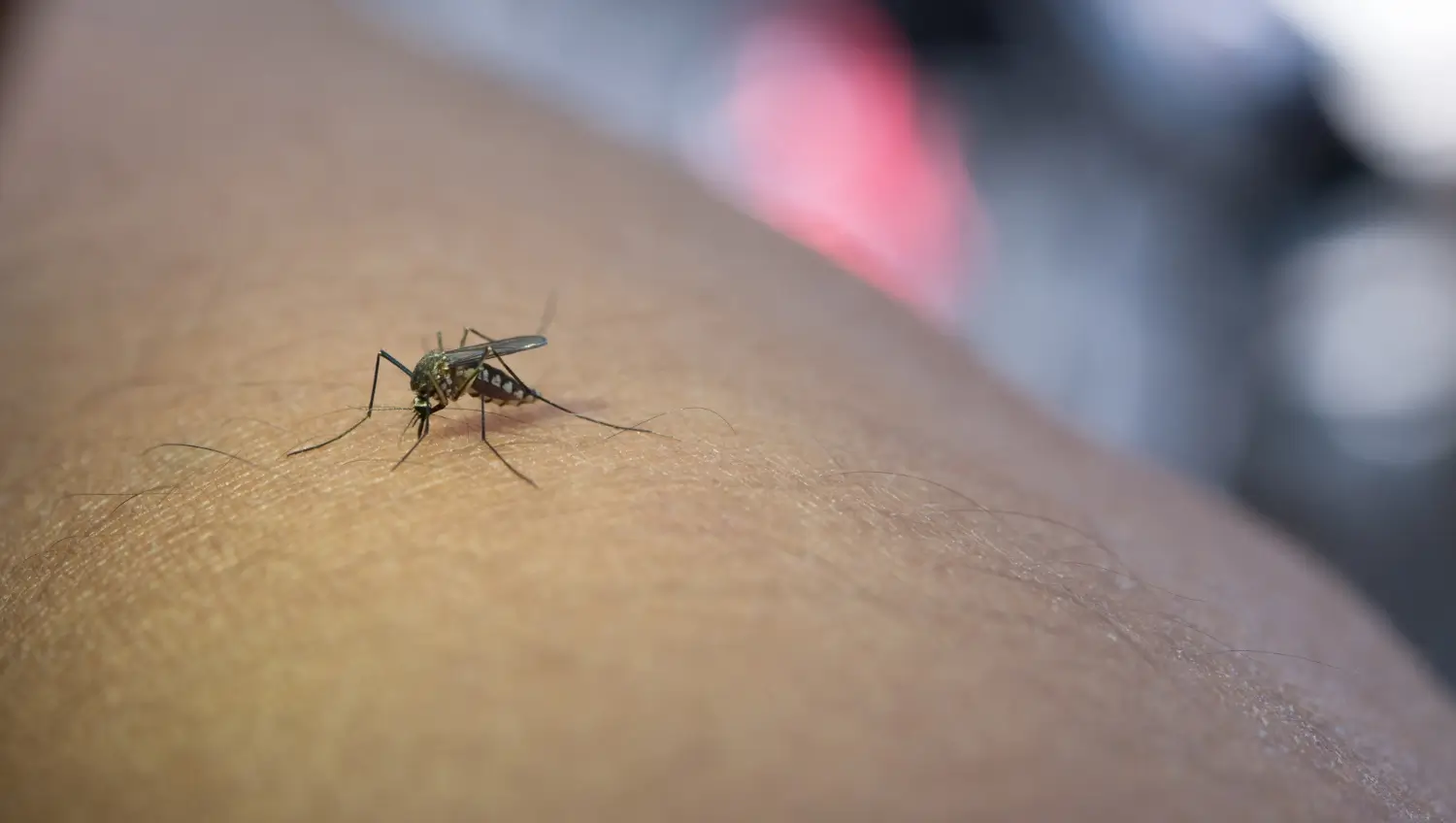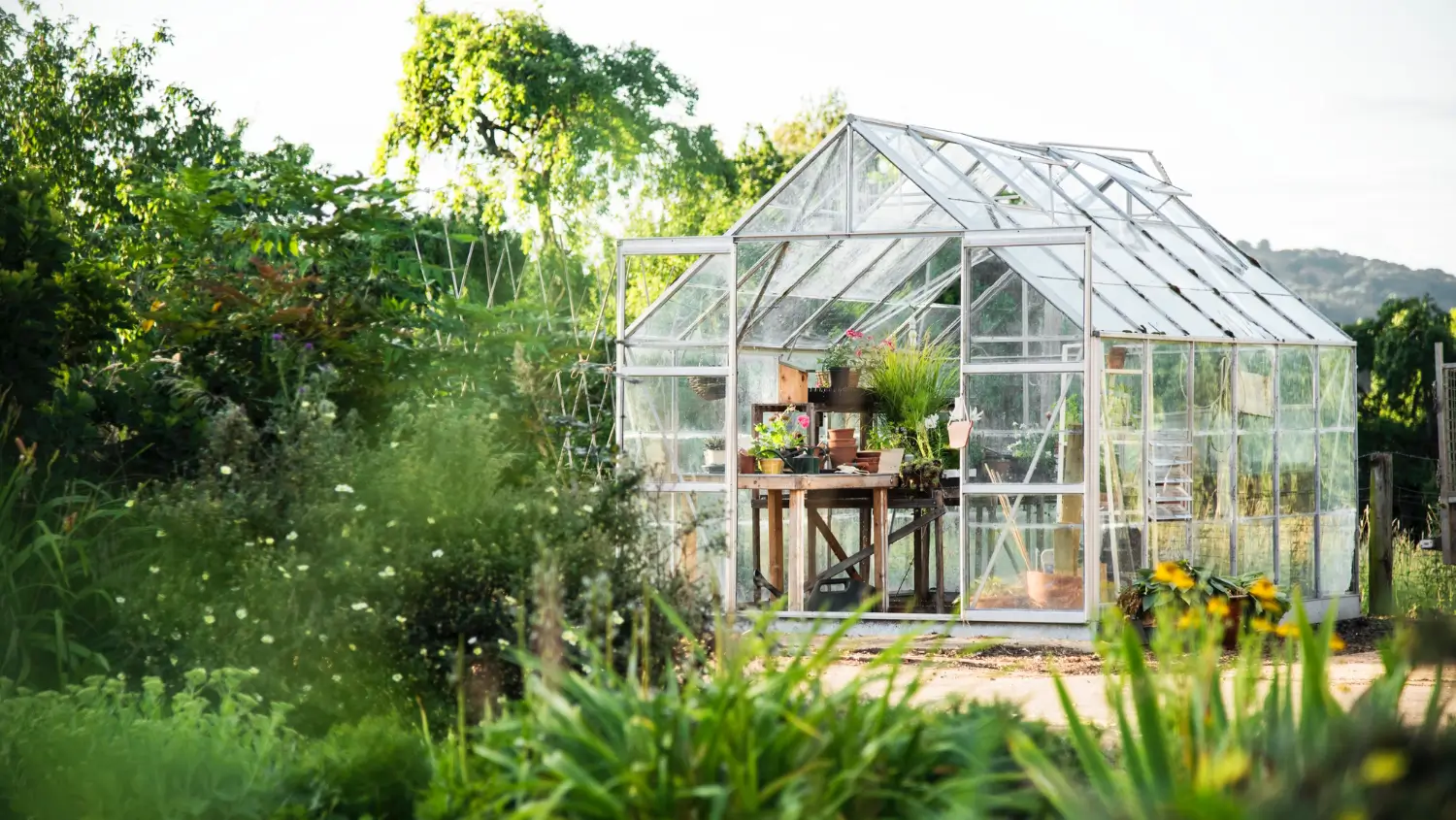
April 29, 2025

Picture someone going out to their tiny balcony on a cold winter morning to pick basil leaves and crispy leaves of lettuce for breakfast. While it’s freezing outside, the plants are growing inside a compact greenhouse for herbs. It’s like having a miniature garden that keeps going all year long, in any season.
For apartment dwellers or anyone with limited outside space, growing plants year-round can be tricky. Cold weather, powerful winds and little space often complicate keeping plants alive during the fall and winter months. That’s where mini greenhouses can make a difference.
A mini greenhouse is a small, protective structure that allows plants to flourish in any weather. They provide warmth, shelter, and a conditioned environment for gardening, making them a strong option for novice as well as experienced gardeners looking to enjoy fresh herbs, vegetables, and flowers 12 months a year.
Mini greenhouses are ideal for anyone who is looking to grow plants at home without the need for a large backyard or expensive setup. They provide a number of advantages that make gardening simpler and more successful, especially in limited spaces.
Mini greenhouses extend the growing season. They help keep plants warm in early spring and late fall, and shield them from frost and cold snaps during the winter. That means gardeners can grow fresh herbs, vegetables and flowers for more months of the year.
Strong winds, torrential rain and surprise storms can affect young plants. Mini greenhouses provide a sheltered environment where plants are protected from poor weather and invasive pests, whether bugs or animals that might eat them.
This greenhouse is meant for small spaces, like balconies, patios and tiny backyards. They come in a variety of shapes and sizes, so even apartment dwellers can find a model that suits them. They enable gardening with little space required.
Mini greenhouses are far more affordable than full-size counterparts. They’re also simpler to set up, maintain and relocate if necessary. This makes them ideal for beginners or anyone seeking a low-cost way to start raising their own plants.
Mini greenhouses are available in all shapes and sizes. All are designed to help people grow plants in limited spaces, whether they live in a house with a minuscule backyard or an apartment with a balcony. Some common varieties and styles of mini greenhouses are as follows:
Freestanding mini greenhouses are those that stand alone. People can set them in a backyard, on a patio or even on a large balcony. Most have a few shelves inside to hold plant pots, seed trays and tools. They also vary in height and size to grow all sorts of plants in these greenhouses. Some are even tall enough to enter.
Lean-to greenhouses are designed to be constructed against a wall such as the side of a house, garage or shed. This design also saves volume and gets additional heat from the wall, especially when the wall is exposed to the sun during the day. Lean-to greenhouses are ideal for tight spaces and can warm the soil, allowing for a string of crops to grow into the chilly months, as the wall retains some heat.
Pop-up and portable greenhouse reviews are the best. They are constructed with a flexible framework and transparent plastic covering, which can be opened when people need it and folded away when they don’t. These are ideal for renters or anyone in need of a greenhouse that can be easily transferred or stored. They are also great for seasonal use, like starting seeds in the spring or protecting plants in winter.
These are essentially shelf-like units with several levels on which to place the plant pots. They’re tall and narrow, so they don’t take up much space. Using the various shelves, individuals can make use of a little territory and fit a lot of plants. This type works well for balconies or small patios, and some models also have a zip-up plastic cover to ward off cold and pests.
Indoor greenhouses can be placed indoors. They are often made of clear plastic or glass and retain warmth to make the conditions more inviting for small plants or seedlings. These are ideal for growing herbs such as basil, mint or chives indoors. They’re also wonderful for people who don’t have any outdoor space at all.
Cold frames are low-to-the-ground greenhouses with clear lids that raise up and down. Gardeners use them to shield young plants from the cold and to give them a warm place to work early in the season. They are good for starting seeds or for extending the time to grow vegetables into the fall. Cold frames are easy, durable and space-efficient.
There are lots of factors to consider when choosing a mini greenhouse other than price. The right greenhouse should suit the space, accommodate the local weather and fulfill the gardener’s needs. Here is a breakdown of a few features to consider before purchasing:
The size of the area available is one of the first things to consider. A big mini greenhouse will not be good for a small balcony while a small one will not accommodate the needs of a plant owner who has many plants. Measure the area first, whether a corner of a patio or on a narrow balcony, so the greenhouse will fit and not obstruct walkways or doors.
The frame is the backbone of the greenhouse. Different materials provide different strengths:
The cover, or “skin,” of the greenhouse affects how much sunlight is allowed in and how much heat is retained.
Good air circulation keeps plants healthy by deterring mold and letting hot air escape. Look for greenhouses with:
These features allow for ventilation and regulate cooling and heating as needed.
Shelves allow gardeners to make the most of vertical space. Certain greenhouses include built-in shelving; some leave space open for specialty setups. It’s nice to have sturdy shelves that can accommodate a space full of pots, tools and seed trays without toppling over.
Some mini greenhouses can be assembled in minutes; others require more time and tools. Pop-up models are the simplest, though even sturdier ones should include clear instructions. If anyone will be moving the greenhouse regularly for optimal sunlight, or simply to vary its location with the seasons, it’s useful to choose a lightweight or wheeled design.
A mini greenhouse should shelter plants from wind, rain, and strong sun. Look for:
It’s very important to choose a wind- and weather-wise model if living where there are strong storms or intense sunlight.
Mini greenhouses are ideal for those who want to grow fresh herbs, vegetables, or flowers year-round, even in an apartment or the tiniest of homes. Check out 5 of the best mini greenhouses from Growcycle:
The Lean-To Greenhouse is the ideal solution for gardening enthusiasts who want nothing more than to let their favorite plants flourish and gardeners of all skill levels.
Designed to be installed against a wall, it has an enhanced insulation value and weather resistance, plus an increased interior space for your tools.
Allow your backyard to flourish into the garden of your dreams with the Arrow Greenhouse, a durable structure that combines function with beauty. Constructed in a unique arrow shape, this greenhouse is more than just a plant-safe environment; it's a climate-controlled paradise built around your greenery that you can enjoy year-round.
Whether you’re sowing spring vegetables or overwintering tropicals in subzero temperatures, this greenhouse has you covered literally and figuratively.
The Scandiglas Greenhouse combines sleek modern Scandinavian style with tough durability to create a beautiful yet practical greenhouse for the home gardener. Intended to provide the finest in both aesthetics and function, this greenhouse features beautiful materials, the finest in climate control, and a distinctive style that will make over your backyard.
Designed for people who demand more than from moulded plastic shelters it will give years of reliable service and will good on the eye as well.
The Polycarbonate Greenhouse Kit is the ultimate solution for all-season growing by providing best-in-class thermal insulation, strength, and complete peace-of-mind. Designed to withstand any climate from bitter winters, hot summer days to gusty hillsides, this greenhouse protects your plants and help them grow in all kinds of conditions.
Crafted from fortified galvanized steel and twin-wall polycarbonate, this structure reaches heights where standard glass or plastic alternatives stumble.
The Mini Greenhouse is a dream come true for home gardeners who want loads of beauty and functionality in one space-saving piece.
This compact, round green house will fit within most and comes equipped with all you need to grow healthy plants in all seasons. And it offers an enlightened setting to support your plants and handsomely frame your garden space.
Whether it’s a cold winter day or a hot summer morning, a mini greenhouse is a wonderful way to grow plants in small places. Here is a simple guide for setting up and maintaining a mini greenhouse.
Choosing the ideal location is the first step to establishing a mini greenhouse for cold weather. It will work in a garden where the greenhouse will be placed.
Once the location is selected, it’s time to construct the greenhouse. It’s easy to set up, typically taking a matter of moments.
Setting up a greenhouse is one thing, but keeping it in good shape so the plants can thrive is another. Here’s how to do that:
Watering
Plants require consistent watering, but not overwatering. Check the soil frequently to ensure it’s neither too wet nor too dry. Water the plants with a watering can with a gentle spout or a spray bottle directly over them. Ensure a greenhouse has a proper drain if it has a tray or reservoir.
Temperature Control
A mini greenhouse for cold weather keeps plants safe from the cold but can run too hot inside, as well. Use a thermometer to measure the temperature. Most plants prefer “room temperature,” between 60°F and 75°F (15°C to 24°C).
If it’s too warm, open the vents (if equipped) or roll up the sides to bring in cool air. That will keep the temperature in the range of that the plants will like.
Humidity
Mini greenhouses are more humid, which is good for some plants but not for others. Open the vents or leave the door open to let fresh air in if it becomes too humid. Mist lightly every few days for plants that enjoy humidity. But don’t allow water to pool on the leaves, which can cause mold.
Mini greenhouses allow people to grow plants year-round, regardless of the limited space or inclement weather. Greenhouse farms offer small greenhouses that shield plants from both cold and heat, providing the ability to grow herbs, vegetables, and flowers in any season. Growcycle provides a range of mini greenhouses to get started on the journey to sustainability, from small greenhouses for a patio to an indoor mini greenhouse with lights.
Disclaimer: This material is for informational purposes only and should not be relied on for legal, medical, financial, or any other form of professional advice.
A small greenhouse with durable materials such as polycarbonate or glass, along with proper ventilation, makes for the best enclosure for year-round use, as it keeps plants protected from both cold and heat.
Yes, mini greenhouses do work in the winter, trapping heat and protecting the plants from frost, though they may need extra insulation for very cold places.
Yes, greenhouses are best for all-weather gardening, as they shield plants from heat and cold, while allowing the growing season to last longer.